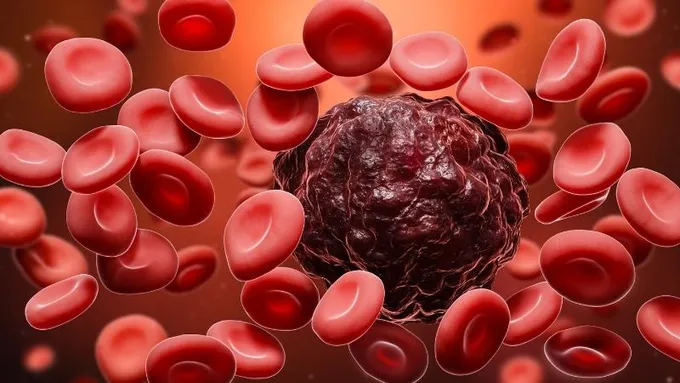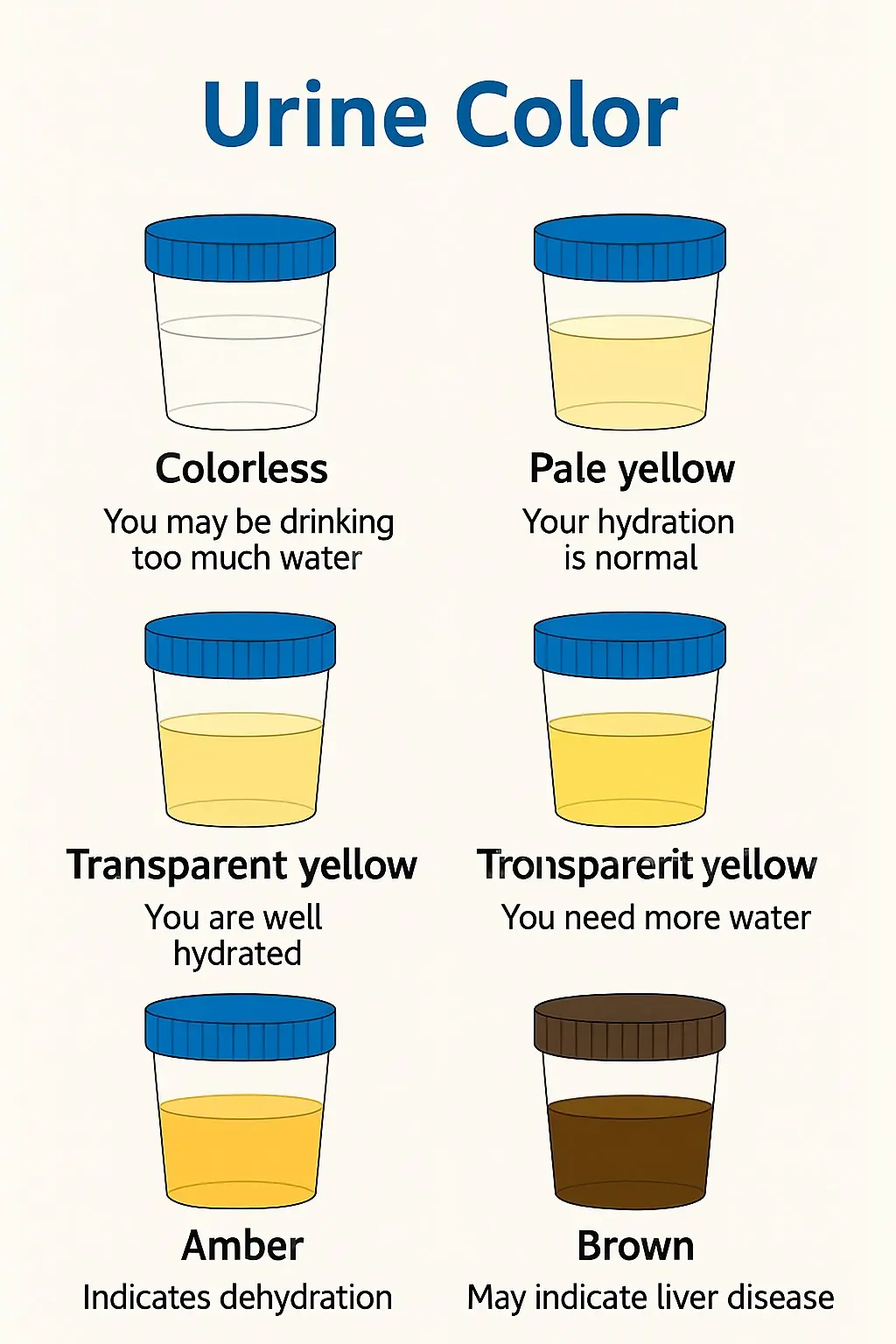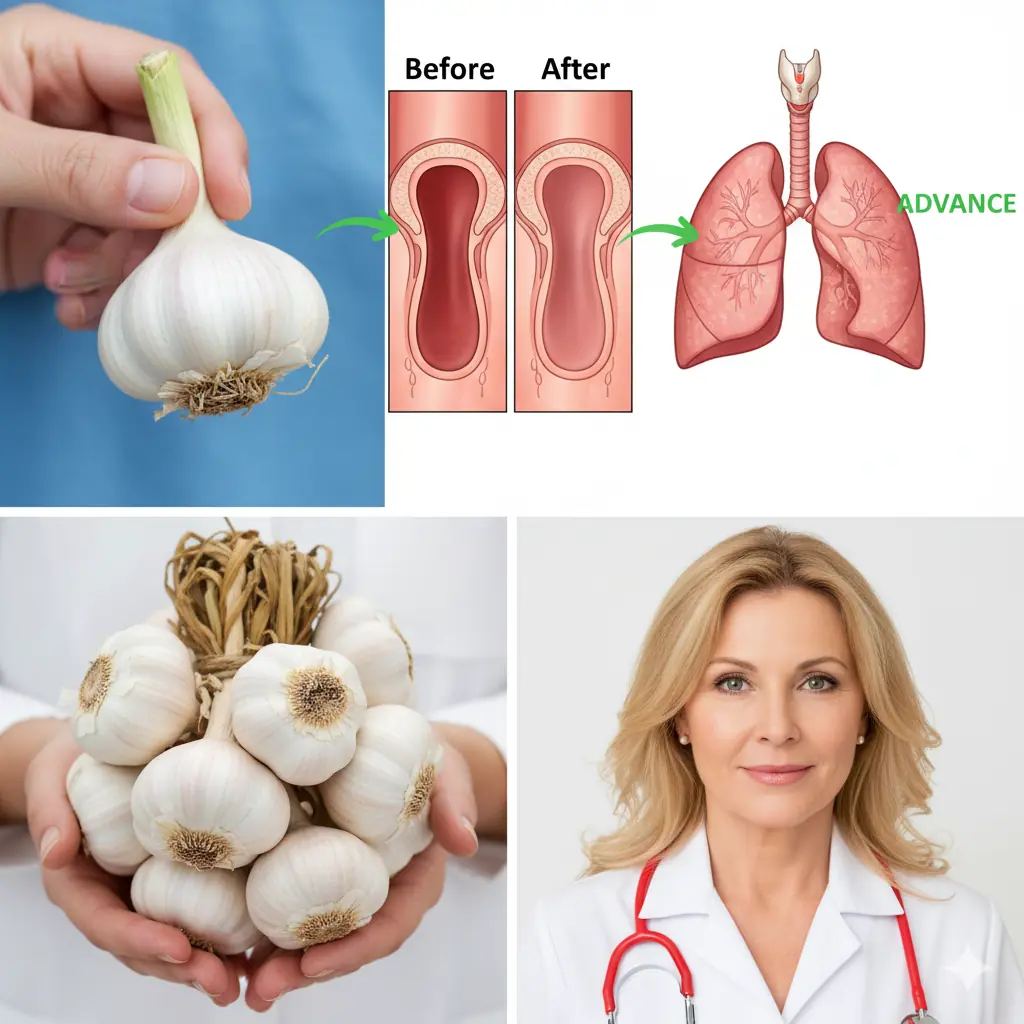
People who are about to be affected by cancer often show three unusual signs in the neck; even having just one of them can be a warning for your health
While cancer can affect almost any part of the body, the neck is an area where early changes are sometimes more noticeable. Because the neck contains lymph nodes, glands, nerves, and important structures of the throat, unusual symptoms in this region should never be ignored. Although these signs do not mean a person has cancer, they can serve as early health warnings that deserve professional attention. Understanding them can help people recognize when something is unusual and seek timely medical advice.
One of the most commonly discussed warning signs is the presence of a persistent lump or swelling in the neck. Lymph nodes naturally swell during infections such as colds, flu, or throat irritation. In most cases, these swellings resolve within a few days or weeks. However, when a lump remains firm, painless, and unchanged for a long period of time, it may require further evaluation. This does not automatically point to cancer—many benign conditions can cause similar symptoms—but a persistent lump should always be examined by a healthcare professional to rule out anything serious.
A second sign that may raise concern is changes in the voice or difficulty swallowing. The neck houses the vocal cords, thyroid gland, and parts of the esophagus. When any of these structures are irritated, inflamed, or compressed, the voice may become hoarse or weaker than usual. Occasional hoarseness is normal, especially after speaking loudly or having a respiratory infection. But if voice changes last longer than a couple of weeks without an obvious cause, they may signal that something in the neck region needs medical attention. Similarly, difficulty swallowing—or feeling as though something is stuck in the throat—can arise from simple digestive issues, but persistent symptoms should be evaluated.
The third sign that is sometimes associated with serious conditions is unexplained pain or discomfort in the neck. Pain alone is not typically the first sign of cancer, but chronic, unexplained discomfort can indicate inflammation or abnormal growth that is affecting nearby nerves or tissues. Neck pain can also come from muscle strain, poor posture, stress, or minor injuries. The important point is not to panic but to observe whether the pain is persistent, increasing, or accompanied by other unusual symptoms.
While these signs can be concerning, it is essential to remember that they are not definitive indicators of cancer. Most people who experience one or more of these symptoms do not have a serious illness. Still, the neck is a sensitive area where changes should be taken seriously. Early detection is one of the most important factors in successful treatment for many medical conditions, including cancer. Paying attention to your body and seeking medical advice when something feels unusual is a smart and proactive approach to health.
Practicing good health habits can also reduce overall risk. This includes avoiding tobacco, limiting alcohol consumption, maintaining a balanced diet, staying physically active, and getting regular medical check-ups. These habits support not only neck health but overall well-being.
In conclusion, although most neck-related symptoms come from harmless causes, it is wise to pay attention to persistent lumps, ongoing voice changes, swallowing difficulties, or unexplained pain. Even one of these signs can serve as a helpful reminder to check in with a healthcare professional. Awareness leads to early action, and early action can make all the difference when it comes to protecting your long-term health.
News in the same category


14 Warning Signs of Low Magnesium Levels and What to Do About It (Science Based)

Top 10 Foods to Heal Knee Pain and Boost Cartilage Naturally

Blood Type O Diet: What to Eat and What to Avoid

7 nutrients that actually repair nerves

This one vitamin could help stop you from waking up to pee every night

The Cold Room Sleep Trick That Can Transform Your Health

Why You Keep Waking Up at Night

Research reveals the #1 vitamin for eye protection

What Your Urine Color May Be Telling You (Gently & Naturally)

Soothe Leg Pain Naturally: Garlic & Clove Remedy for Joints, Circulation, and Comfort

Eat Garlic — But Avoid This Common Mistake! | 95% of People Don’t Know This Simple Trick

Home Remedies For Kidney Stones – 21 Remedies For Effective Pain Relief

Eat One Clove of Garlic Every Morning on an Empty Stomach – and Watch These 12 Health Benefits Unfold!

Never do this when flying; many people have ruined their lives because they didn’t know better

Public Health Experts Stress Vaccination as Key to Preventing Severe and Long COVID

4 vitamins to reverse neuropathy and damaged nerves – relieve foot & hand pain fast!

8 Amazing Foods To Clean Out Your Toxic Liver

Stem Cell Breakthrough Offers New Hope for Reversing Diabetes in Early Human Trials
News Post

THE CAT THAT BR0KE ALL THE RULES: A POLICE OFFICER'S UNEXPECTED MISSION

Mullein: Exploring the Benefits of Leaves, Flowers, and Roots

Airport X-Ray Scanners Upgrade: Shocking Level of Details

From White Hair to Naturally Darker Hair: Fast Home Remedies & Growth Tips

Teen told he just had ‘growing pains’ dies day after diagnosis

7 Ways To Use Vaseline For Wrinkle Free, Flawless Skin

EVERYTHING JAMES FRANCO SAID ABOUT BEING ‘CAST OUT’ FROM HOLLYWOOD DURING HIATUS

The #1 seed that makes bones & muscles strong—how to use it!

14 Warning Signs of Low Magnesium Levels and What to Do About It (Science Based)

Strictly Come Dancing star eliminated from competition on their birthday

Top 10 Foods to Heal Knee Pain and Boost Cartilage Naturally

Blood Type O Diet: What to Eat and What to Avoid

7 nutrients that actually repair nerves

Coronation Street's Lucy Fallon shows off huge ring as she announces engagement

MAFS UK’s ‘strongest’ couple split after romantic display at reunion

The Versatility and Benefits of Orange Peel Powder

The Hidden Power of the Honey Locust Tree (Gleditsia triacanthos): Health, Healing, and Everyday Uses

This one vitamin could help stop you from waking up to pee every night

The Cold Room Sleep Trick That Can Transform Your Health
